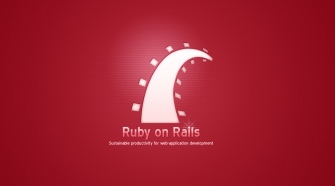Regarding forex trading, there are different styles that traders may adopt. Some trade for only a few minutes or hours, while others take a more long-term approach. Position trading is one of the latter and refers to holding onto trades for weeks or even months. This article will explore what it means to be a forex position trader in Singapore.
One of the key things to note about position trading is that it’s not about trying to make quick profits from small movements in the market. Instead, position traders aim to profit from more significant trends over extended periods, meaning they’re more focused on the market’s overall direction rather than on short-term fluctuations.
Position trading can be an excellent strategy for those with full-time jobs or other commitments that prevent them from monitoring the markets daily. It can also suit risk-averse traders, as it generally involves smaller position sizes and less frequent trading than other strategies.
Of course, no trading strategy is without its risks. One of the biggest dangers with position trading is that trends can change suddenly and without warning, resulting in significant losses if trades are not appropriately managed. Another risk is missed opportunities, as position traders may miss out on potential profits if they don’t enter the market at the right time.
How to position trade in the forex market
Define your goals
The first step in becoming a position trader is to define your goals. What are you hoping to achieve with this strategy? Are you looking to make a steady income from forex trading, or are you aiming for more significant profits from longer-term trends? A clear picture of what you want to achieve will help you develop a plan and stick to it.
Choose your time frame
Once you know your goals, you can start thinking about the time frame best suits your needs. If you’re looking to trade around your full-time job, a longer-term time frame, such as the 4-hour or daily chart, might be more suitable. On the other hand, if you have more time to dedicate to forex trading, you may want to consider a shorter-term chart such as the 1-hour or 30-minute.
Find a trend
The next step is to find a trending market by looking at the price action in your chosen time frame. If the market moves in any direction, it is said to be in a trend. Once you have found a trending market, you can start looking for entry points.
Enter the market
There are many different ways to enter the market, but the most important thing is to ensure that you are doing so at a level that gives you a good risk-to-reward ratio. For example, if you’re aiming for a 1:3 risk-to-reward ratio, then you would want to enter the market when the price is at a level where you have the potential to make three times your risk.
Manage your trade
Once you are in the market, it is crucial to manage your trade correctly, which means setting a stop loss and take-profit level and deciding how much of your account you are willing to risk on each trade. It is also a good idea to plan an exit strategy before entering the market.
Close your trade
When it comes time to close your trade, there are two options. You can take your profit or wait for the trade to hit your stop loss. If you’re happy with your profit, you can close the trade and move on to the next. However, if you think there is still potential for the market to move in your favour, then you can hold onto the trade and see how it plays out.
Review your trades
Once you have closed a trade, it is essential to take some time to review it. You can do this by asking yourself the following questions:
- What went well?
- What could you have done better?
- What did you learn?
By taking the time to reflect on your trades, you can start to improve your trading performance and increase your chances of success in the future.
















